-
HiDALGO is the centre of excellence with the goal of establishing a baseline for HPC, HPDA and AI-oriented computing in the domain of Global Challenges. HiDALGO builds up coupled simulations for highly complex phenomena, focusing on three HiDALGO “pilots”: Simulations of Migration, Social Network Analysis, and Urban Air Pollution. Please visit our main website for more information.
The HiDALGO Training activities are available in this Moodle course repository.
Available courses
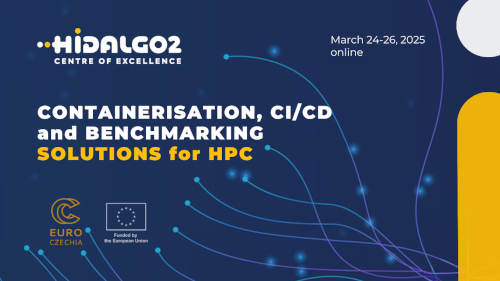
This training is designed for individuals working on containerisation, automation, and performance optimisation in HPC environments. It provides a structured approach to developing, deploying, and benchmarking HPC applications using modern DevOps methodologies. Participants will learn to create containerised environments, automate workflows with CI/CD pipelines, and evaluate application performance using benchmarking tools.
The course covers both fundamental and advanced topics, including Docker, Singularity/Apptainer, GitHub Actions, GitLab Runners, JacamarCI, and benchmarking with reframe-hpc and feelpp.benchmarking. Practical, hands-on exercises will help attendees apply their knowledge to real HPC environments, improving workflow reproducibility, efficiency, and scalability.
This training is ideal for HPC administrators, software developers, DevOps engineers, researchers, and scientists who want to optimise HPC workflows and benchmark applications at scale.
Training videos on the following HiDALGO use cases:
- Urban Air Pollution
- Migration and COVID
- Social Networks
- WP3: Exascale HPC and HPDA System Support
- An overview video
- A hands-on video:
- Time: ca. 45 mins – 1h10 mins.
- Simulation on one aspect of the use-case.
- Participants should apply for remote access.
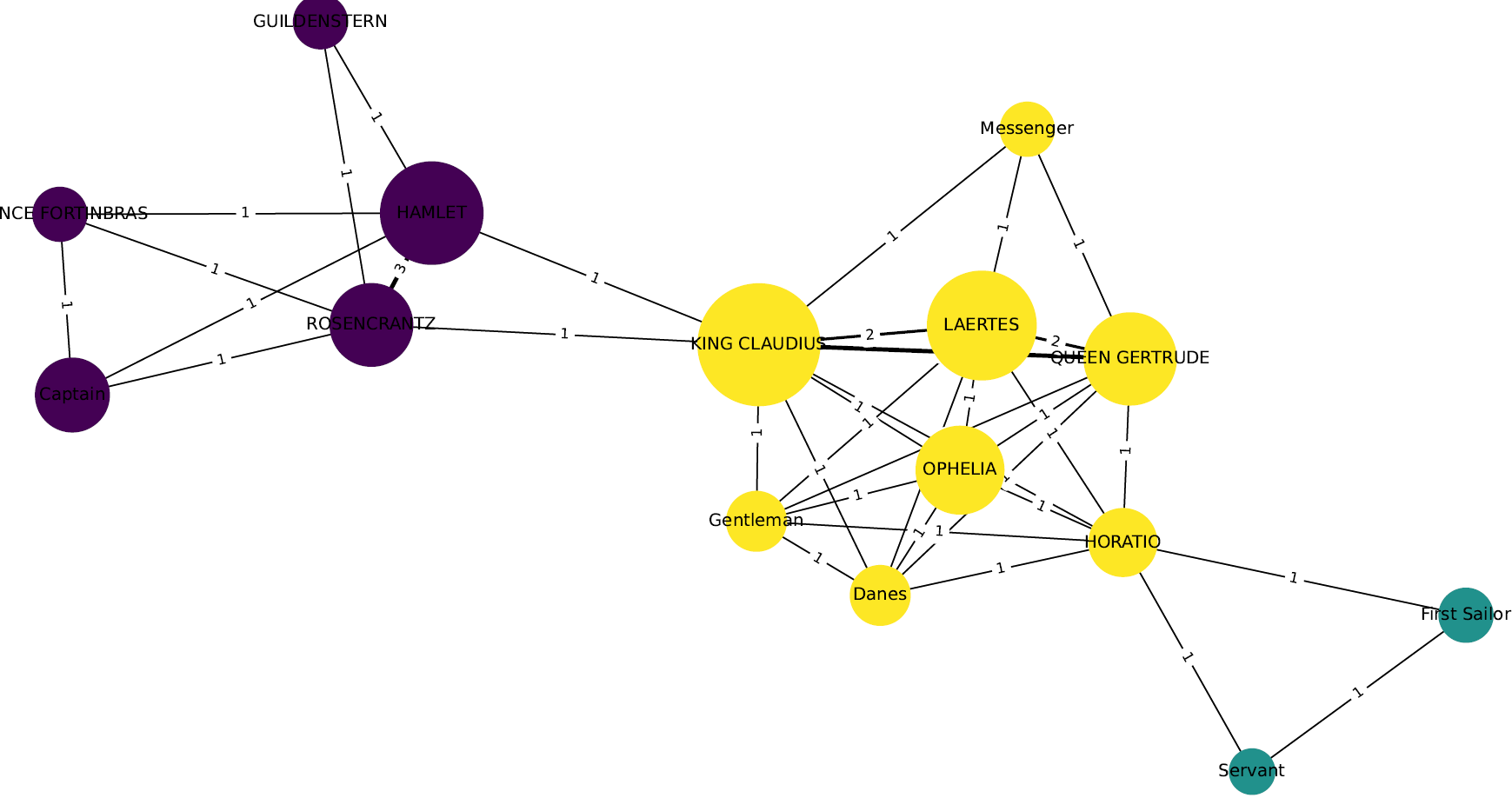
Tracking Global Challenges with HPC, HPDA and Simulations
This course was part of the HiDALGO Online workshop on “Tackling Global challenges with HPC, HPDA and simulations” (7th-9th July 2021). This course has been done by Bernhard Geiger (Know-Center Graz, Austria)
In this short tutorial, we introduce the concept of a network (or graph) in its most common incarnations. We will discuss graph properties on a micro-level (e.g., node properties such as degree and centrality), meso-level (e.g., concepts such as clique or a community), and macro-level (such as graph diameter and assortativity). All these concepts will be illustrated with practical examples. In the hands-on part of this tutorial, the participants get the chance to construct graph objects from raw data, visualize such graph objects, and compute graph properties using existing libraries. Thus, at the end of the tutorial the participants have obtained:
- a basic understanding of the concept of a graph,
- knowledge of available quantitative measures for network analysis,
- capabilities to visualize graphs,
- capabilities to transform a graph into equivalent representations and vice versa, as well as
- a basic understanding of Python libraries for network analysis.
Prerequisites for this tutorial include basic maths skills and, for the hands-on part, basic programming skills in Python and the ability to execute a provided Jupyter Notebook.
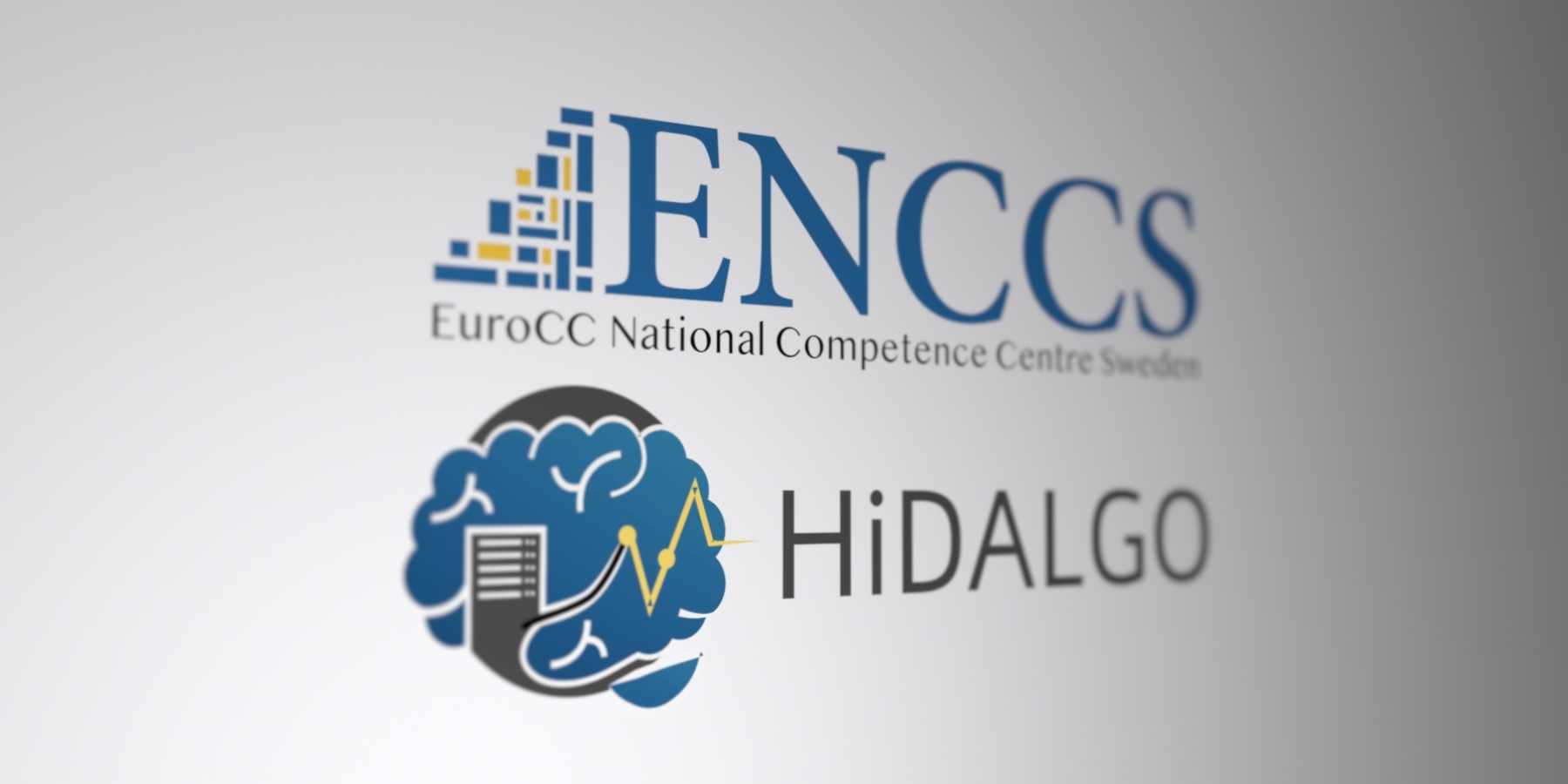
ENCCS/HiDALGO Workshop, 2021.
Material of the online course on April 27, 2021:
https://enccs.se/events/2021/04/enccshidalgo-workshop-on-high-performance-data-analytics/
This training event will start with
an introductory talk to provide a view of high-performance data
analytics (HPDA) from the HiDALGO perspective. The main concepts will be
presented, listing the tools that have been used, together with
information about benchmarks the consortium has done (as a source of
information about their scalability). This introduction also presents
how these tools are being applied in HiDALGO, in order to solve
different problems.
The following part of the
training will focus on HPC and HPDA technologies, applied to use-cases
such as Urban Air Pollution (UAP). The UAP application is a software
framework for modeling the vehicular traffic emitted air pollution and
its dispersion at very high resolution by using geometry inputs (Open
Street Map), coupled weather data (ECMWF) and traffic simulation (SUMO),
computational fluid dynamics (CFD) tools running on HPC infrastructures
(OpenFOAM), and evaluation with HPDA methods.
This HPC/HPDA/UAP-part of the training will introduce the UAP concept, workflows, implementations, application of the CFD-module in HPC environment, deployment to HPC, running, and HPDA for evaluation and model order reduction. Participants will learn the techniques of these parts from a general perspective, namely, HPC workflow modeling (TOSCA in YAML rendering), basics of OpenFOAM for computation of air pollutant dispersion using HPC, and the applied HPDA methods for fast evaluation and model reduction (POD with SVD).
The last part will provide an introduction to the data available at ECMWF and Copernicus, and the APIs for retrieving the data, followed by practical sessions on data exploration and manipulation. After this web-seminar, participants will be able to independently discover weather, climate, and environmental data produced and hosted by ECMWF, and also to retrieve and process these data using Python libraries.
The hands-on part will be carried out using the PSNC (https://www.psnc.pl/) training cluster.
HiDALGO. Flee and Agent-based Simulation for Forecasting Forced Migration.
This course is an introduction to the migration pilot:
- Flee and agent-based simulation for forecasting forced migration,
includes a tutorial given at the HiDALGO online workshop 7-9 July 2021 - Designing and prototyping your own simulation with Python3
- Modelling migration on supercomputers
- Fabsim3
- MUSCLE 3
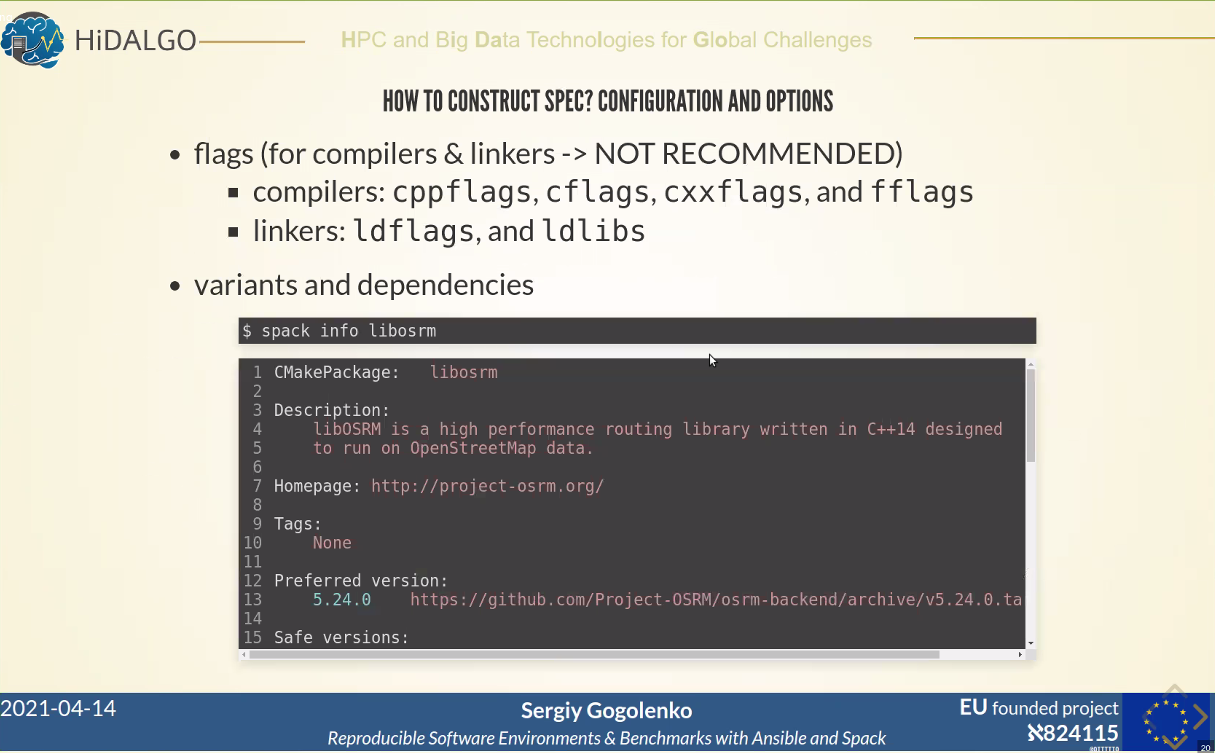
This seminar is about simplifying user software installation on versatile clusters/testbeds, as well as creating reproducible software environments and benchmarks with Spack and Ansible. It is relevant for any teams involved in software installation and benchmarking.
Sergiy Gogolenko at HLRS, April 14, 2021.
AI Workshop with Huawei
Material from an AI workshop with Huawei engineers organised by PSNC.
It took place on Thursday, March 4 2021 at 11:00 CET.
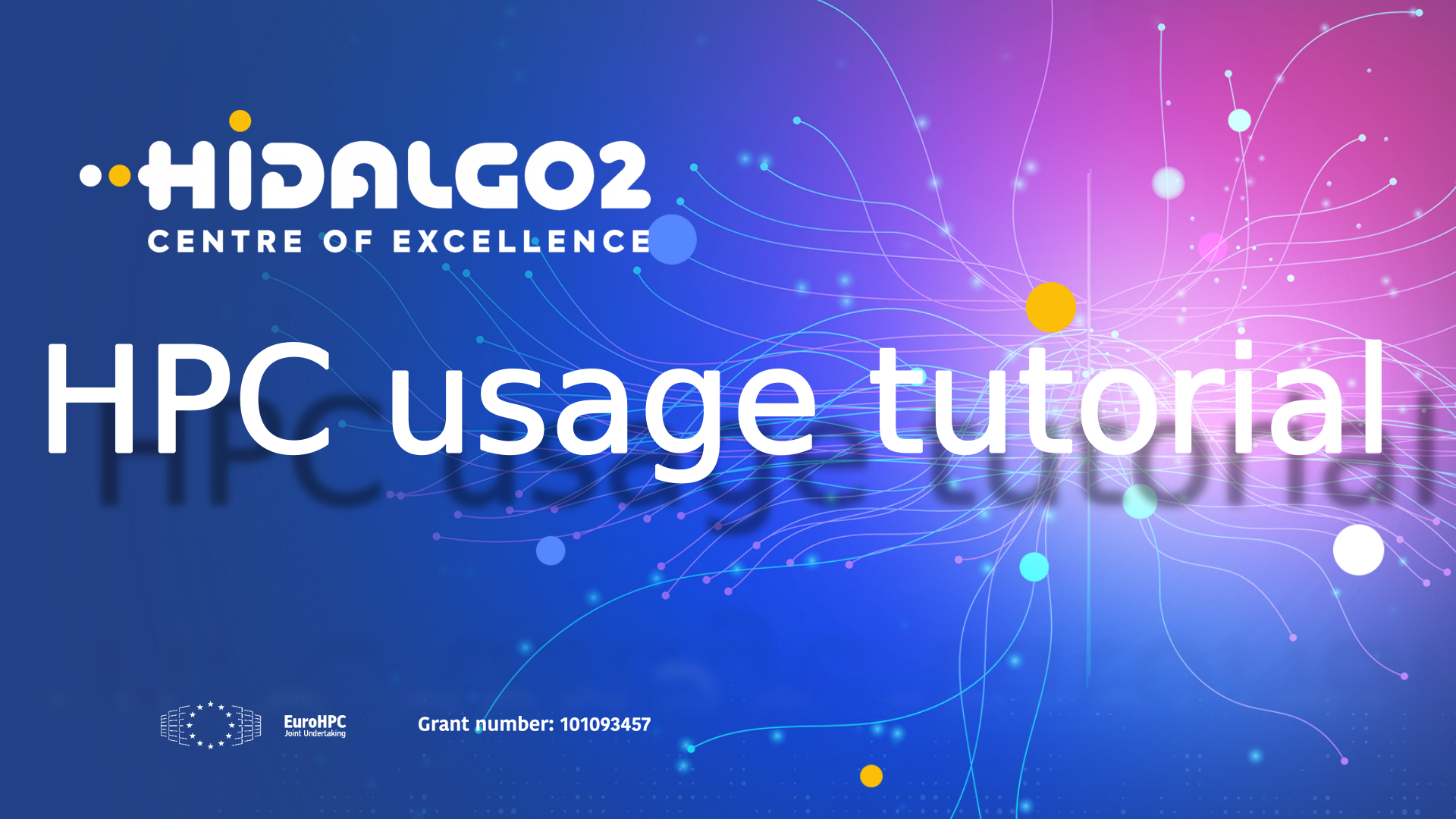
• Computing cluster architecture
• Workload managers
• Job management
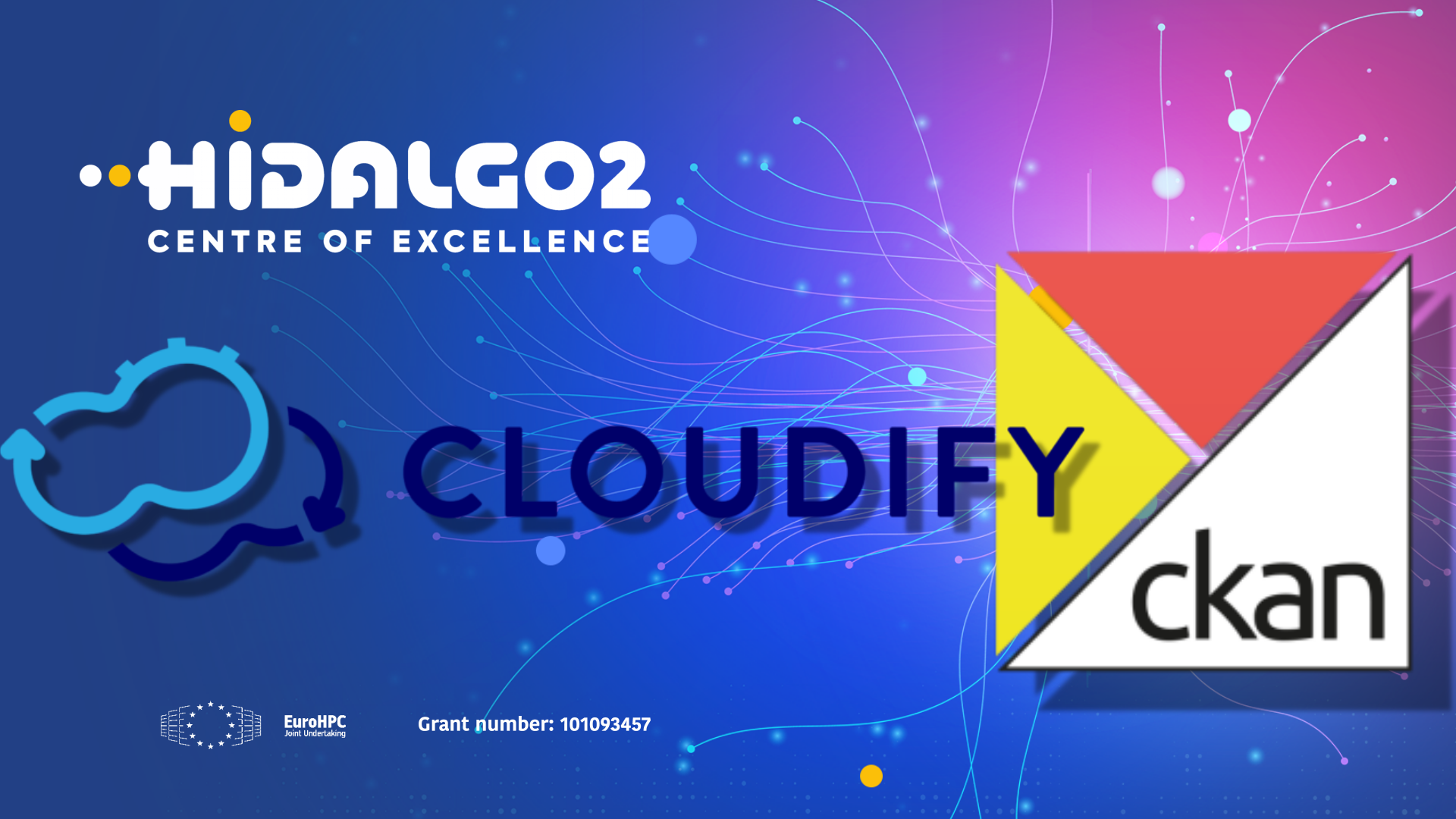
- Cloudify is the Orchestrator to manage the workflow of applications
- Introduce the basic terminology
- Introduce basic HelloWorld blueprint for running MPI Hello World application in HPC cluster
- CKAN is the data management tool for managing applications' input and output data
- CKAN web options to transfer files using GUI
- CKAN REST API to transfer files using CLI
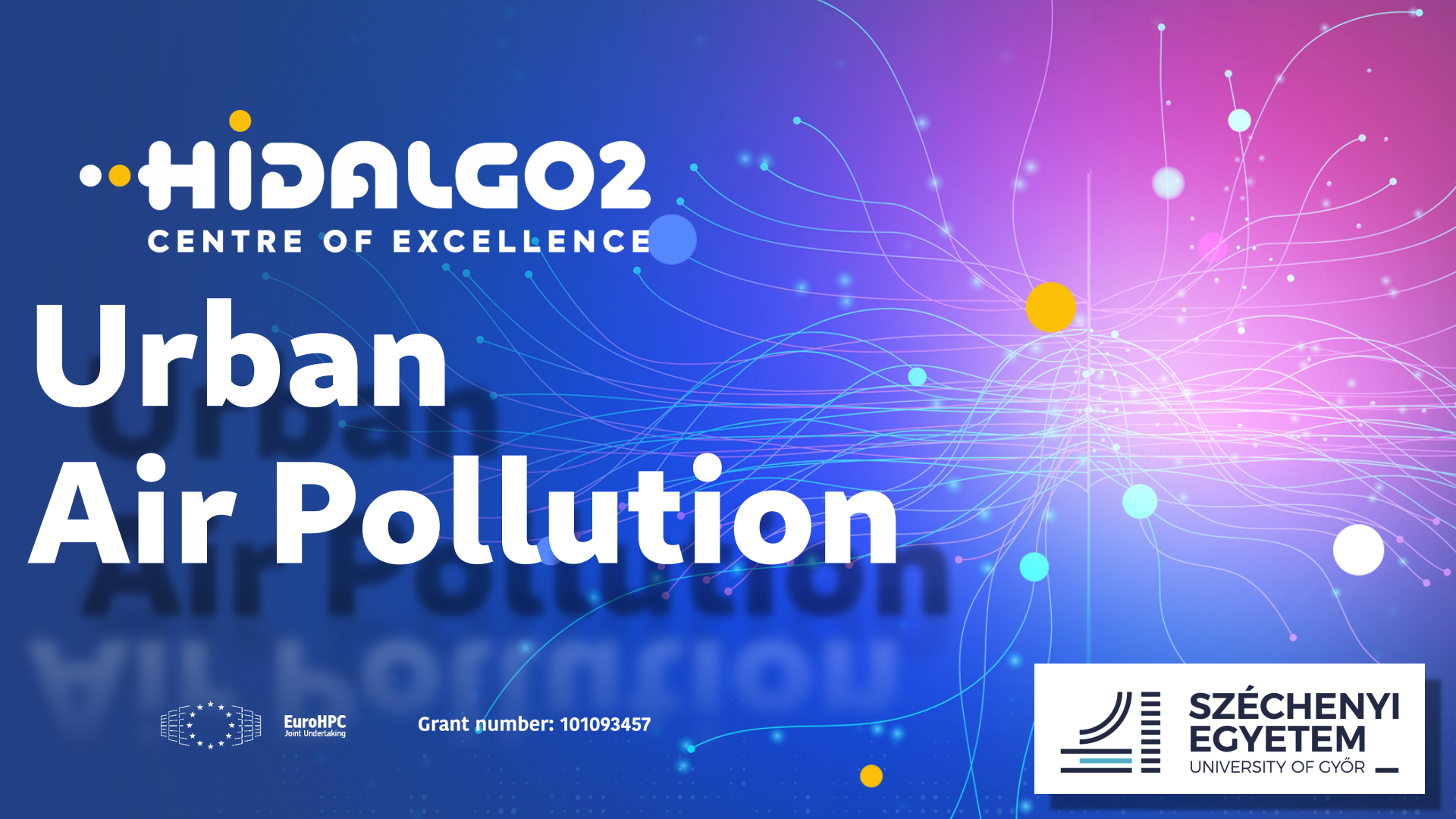
Urban Air Pollution (UAPv1.0) QuickStart Tutorial for Beginner.
See this course for more advanced content on UAP.
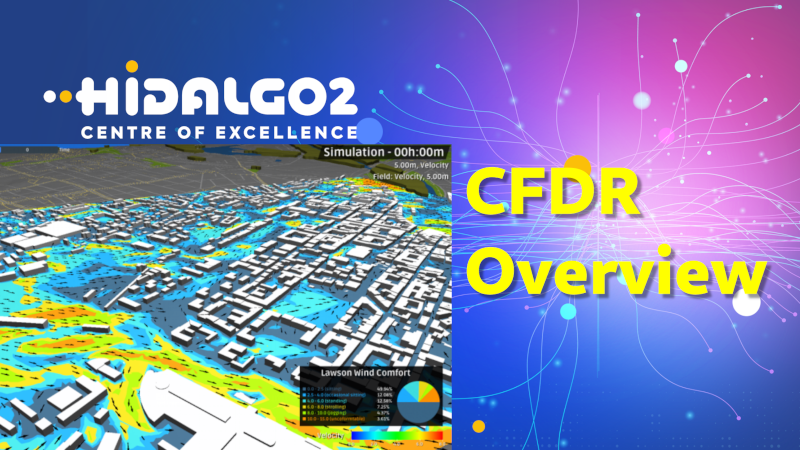
CFDR Overview
This in turn leads to a worsened learning experience. It can be helpful if the simulation results are visualized in advance or just in time, so that students can better interact with them.
Recognizing this challenge, we are excited to introduce a cutting-edge solution that revolutionizes the way we interact with CFD results.
Our web-based software, crafted using the latest technologies including Emscripten, OpenGL ES 2.0, SDL2, and IMGUI,
- A software running on the web (WASM), used to visualize CFD results. Only used to visualize data, not to pre-process it (done separately in paraview)
- Written mostly C99-style, compiled as C++
- Compiled with Emscripten
- Rendering done with OpenGL ES 2.0
- Only uses SDL2 and IMGUI as external libraries
- Same look / feel as a desktop app
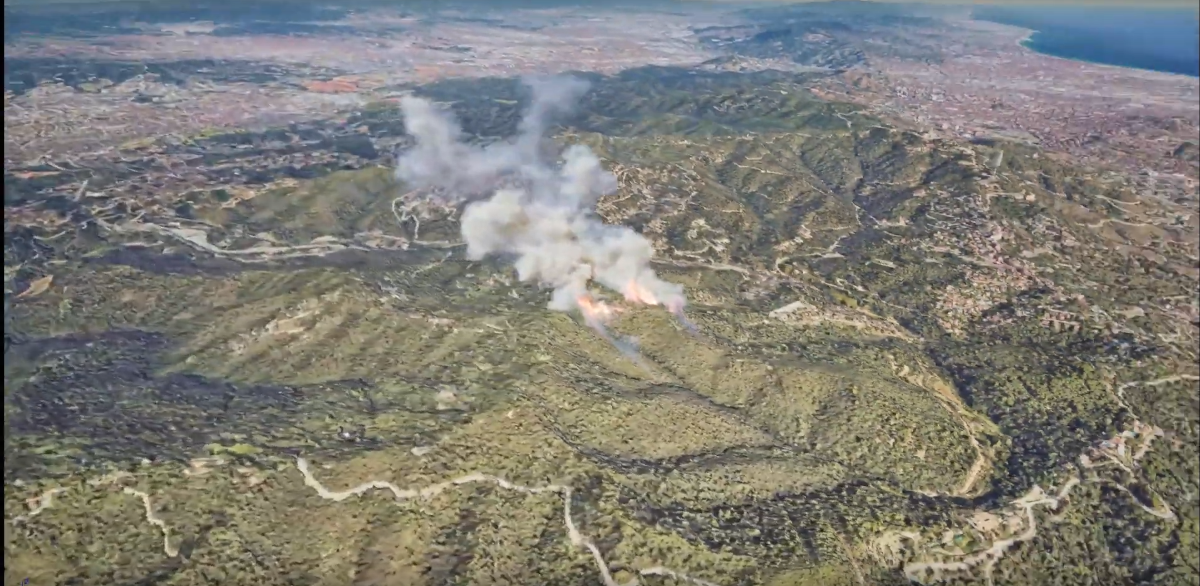
IGEO/CSIC spanish national research centre in Spain, SJSU who lead the development of WRF-Sfire in USA, USFS-RMRS who gave a presentation on the US effort to address more detail on their initiative on advancing fire management strategies, ADAI the coordinator of Fireurisk project, the Lisbon University who presented a detailed study of one of the worst fire episodes in Portugal, the Corsica University which is leading the development of a new fire simulation model coupled with a European atmosphere model such as MesoNH and collaborating in several European projects such as FireRES, the Aveiro University whose development of an operational service to simulate smoke dispersion in forest fires and its possible impact on nearby populations can help in the management of these events, the UPC from Catalonia that focused on the development and application of infrared (IR) measurement techniques for studying fire dynamics and plume behavior, and to EVIDEN, ICCS and MeteoGrid who gave an overview of the progress made in HiDALGO2 in the simulation with WRF-Sfire, in the analysis of its scalability in HPC environments and in the data management and orchestration services.
HiDALGO 2 focused on addressing global societal challenges such as disaster resilience, climate change, and environmental sustainability through high-performance computing (HPC) and advanced simulation techniques. By leveraging European HPC infrastructure under the EuroHPC Joint Undertaking, HiDALGO 2 aims to deliver scalable and efficient computational tools to support decision-making processes in critical areas like disaster response, renewable energy, urban air quality, and wildfire management.
Key highlights include:
1. Technological goals, such as development of exascale-ready applications and optimization of simulation codes for multi-GPU architectures or bridging skill gaps in computational science to foster the adoption of HPC in academia, industry, and government;
2. Use Cases, including Urban Air Quality for real-time digital twins for air quality, wind, and urban comfort, providing actionable insights for city planning at resolutions of 1 m over 2x2 km domains, Renewable Energy for High-resolution modelling of wind and solar energy systems, including mesoscale-to-microscale downscaling to enhance energy production forecasts, Material Transport for the Simulation of sediment and pollutant transport in rivers, coupling hydrodynamics and thermodynamics with pollutant dynamics, and Wildfires for the integrated modelling of fire spread, atmospheric interactions, and smoke transport, using virtual reality and Unreal Engine for immersive visualization, and;
3. Innovative Visualization: Advanced volumetric rendering of simulation outputs in Unreal Engine and other platforms, enabling real-time, intuitive representation of complex data for stakeholders. HiDALGO 2 emphasizes the integration of HPC, artificial intelligence, and computational fluid dynamics to tackle large-scale, high-resolution phenomena. By fostering collaboration among leading European institutions, the project aspires to drive advancements in environmental modelling, improve disaster response capabilities, and promote sustainability.
- Introduce the objectives and challenges of building thermal regulations.
- Understand how to calculate the thermal balance of a room using manual methods.
- Acquire or update knowledge to solve thermal problems.
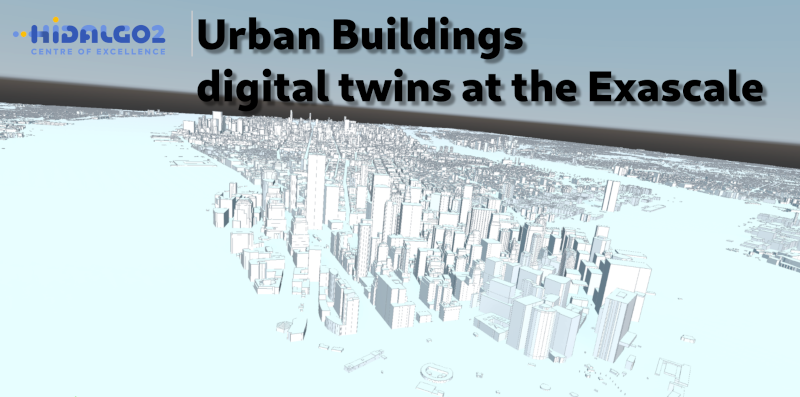
Dynamic
Energy Simulation with Indoor Air Quality Models
The HiDALGO2 Urban Building Pilot integrates Dynamic Energy Simulation with indoor air quality models for urban buildings, leveraging advanced algorithms and high-performance computing. Focused on both city-scale and building-scale analyses, it aims to enhance energy efficiency, comfort, and sustainability. This project aligns with global initiatives like the European Green Deal, emphasizing a holistic approach to urban environmental challenges.
This training course will focus on the following points:
Objectives:
- Enhance energy performance, indoor air quality, and human comfort in urban buildings.
- Focus on computational methods for modeling and optimizing urban environments.
Technical Workflow and Challenges:
- Comprehensive workflow integrating mesh generation, parallel mesh adaptation, and multi-fidelity models.
- Challenges in large-scale mesh generation for accurate computational modeling.
- Development of scalable solutions for complex urban building simulations.